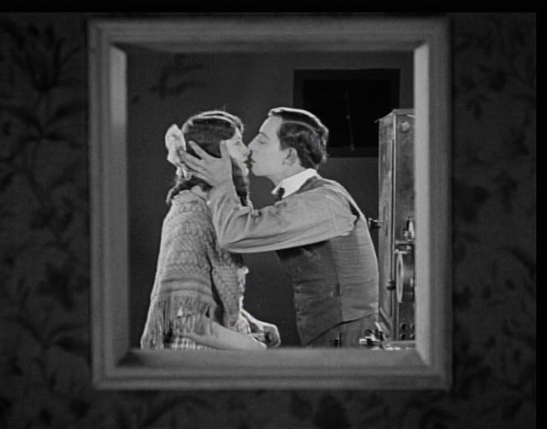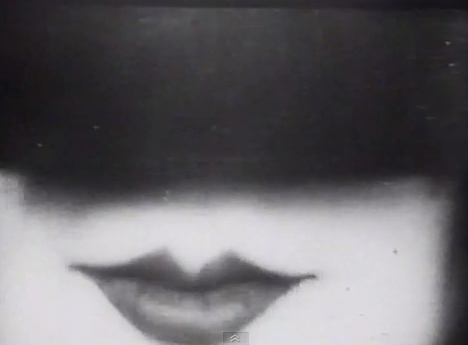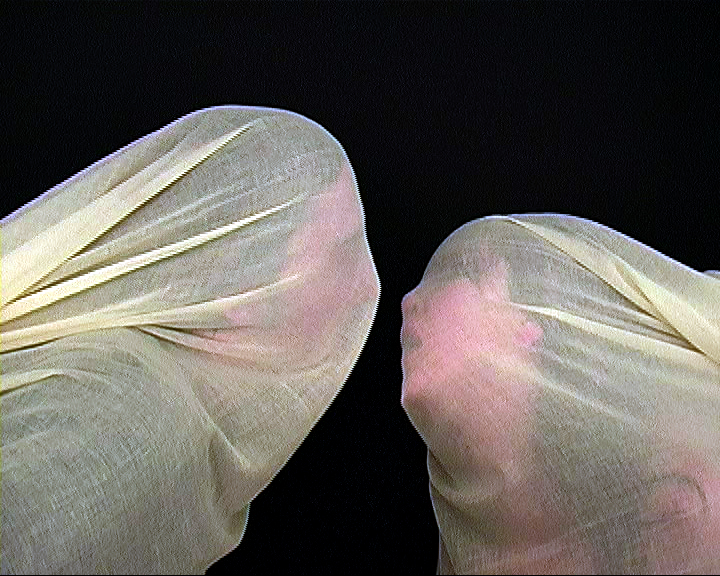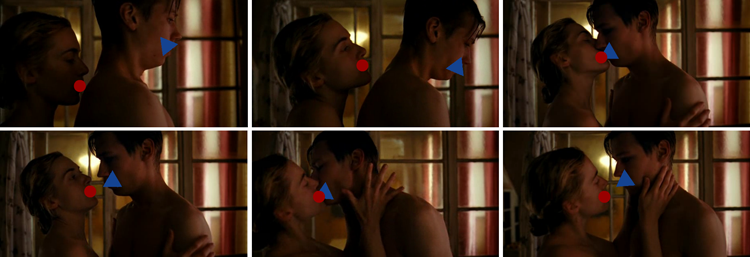Keira’s Kiss

Though intimacy has been a wide concern in the humanities, it has received little critical attention in film studies. The book Intimacy in Cinema. Critical Essays on English Language Films, edited by David Roche and Isabelle Schmitt-Pitiot and published by McFarland, investigates both the potential intimacy of cinema as a medium and the possibility of a cinema of intimacy where it is least expected.
As a notion defined by binaries—inside and outside, surface and depth, public and private, self and other—intimacy, because it implies sharing, calls into question the boundaries between these extremes, and the border separating mainstream cinema and independent or auteur cinema. Following on Thomas Elsaesser’s theories of the relationship between the intimacy of cinema and the cinema of intimacy, the essays explore intimacy in silent and classic Hollywood movies, underground, documentary and animation films; and contemporary Hollywood, British, Canadian and Australian cinema from a variety of …







